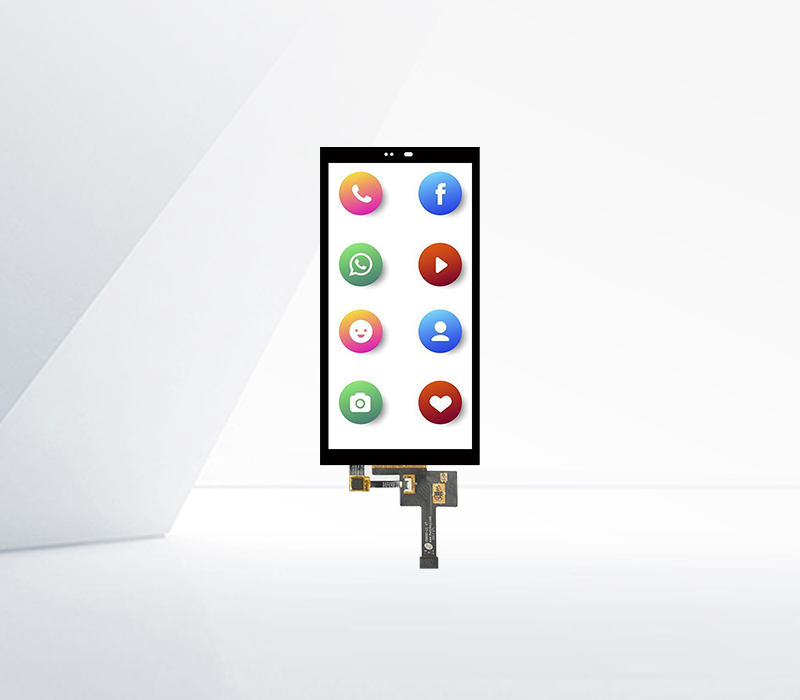




TN LED display splicing technology involves combining multiple TN LED panels into a single large-format display, offering a cost-effective solution for creating large-scale visual systems in various applications. This technology is particularly valued for its scalability, allowing users to customize the display size and aspect ratio by connecting panels in rows and columns—from small 2x2 configurations for conference rooms to massive 10x10 setups for control centers or stadiums.
One of the key advantages of TN LED splicing is its relatively low cost compared to seamless large-format displays. By using affordable TN panels, organizations can achieve large screen sizes without the premium price tag of IPS or OLED video walls. This makes it ideal for applications where budget is a primary concern, such as educational institutions, retail stores, and corporate lobbies.
The fast response time of TN panels (1-5ms) ensures that spliced displays maintain smooth performance when showing dynamic content, such as live events, sports matches, or real-time data visualizations. This is crucial for maintaining viewer engagement and avoiding motion blur across the seams. While TN panels have narrower viewing angles, splicing technology often includes calibration tools to minimize color and brightness inconsistencies between adjacent panels, ensuring a more uniform visual experience, especially when viewed from the front.
Installation and maintenance are simplified with modular TN splicing systems. Individual panels can be replaced easily if damaged, reducing downtime and repair costs. Many modern TN splicing solutions also support bezel compensation technology, which adjusts the image to account for the small gaps (bezels) between panels, creating a more cohesive display. This is particularly useful for displaying text, graphs, or video content where continuity is important.
In control rooms and monitoring centers, TN LED spliced displays excel at showing multiple data feeds simultaneously. Their high refresh rates and compatibility with various input sources allow operators to monitor real-time information from different systems on a single large screen, enhancing decision-making efficiency. While they may not match the color accuracy of IPS spliced displays, their performance-to-cost ratio makes them a practical choice for many large-scale visualization needs.
